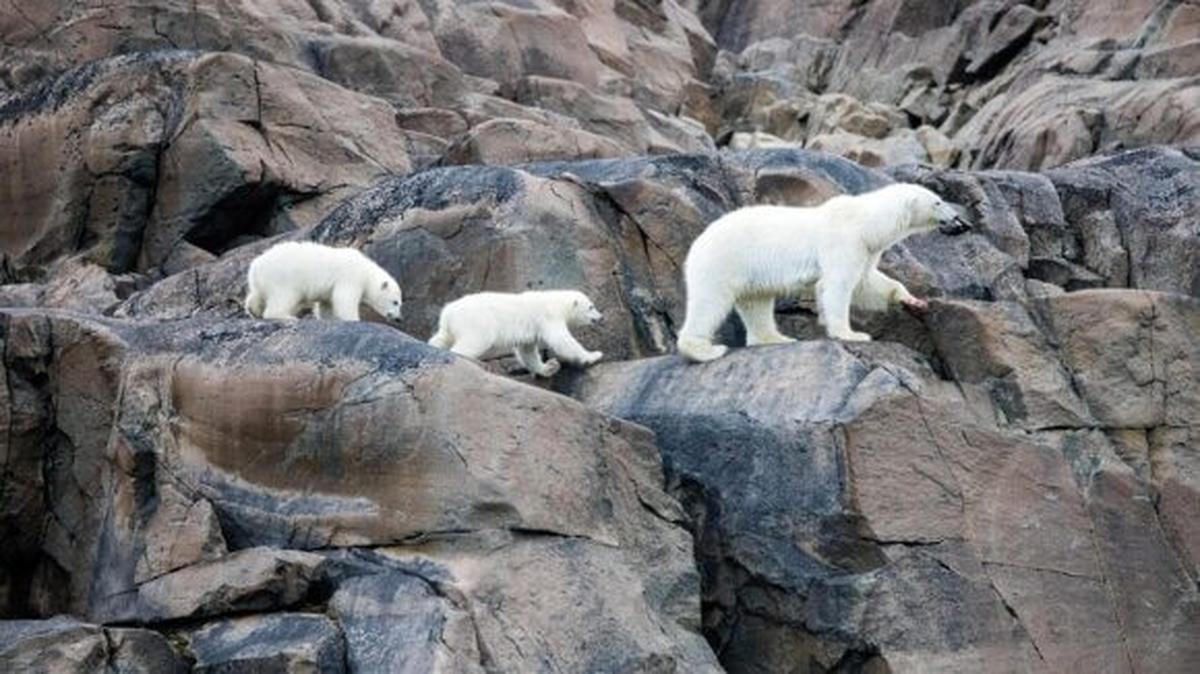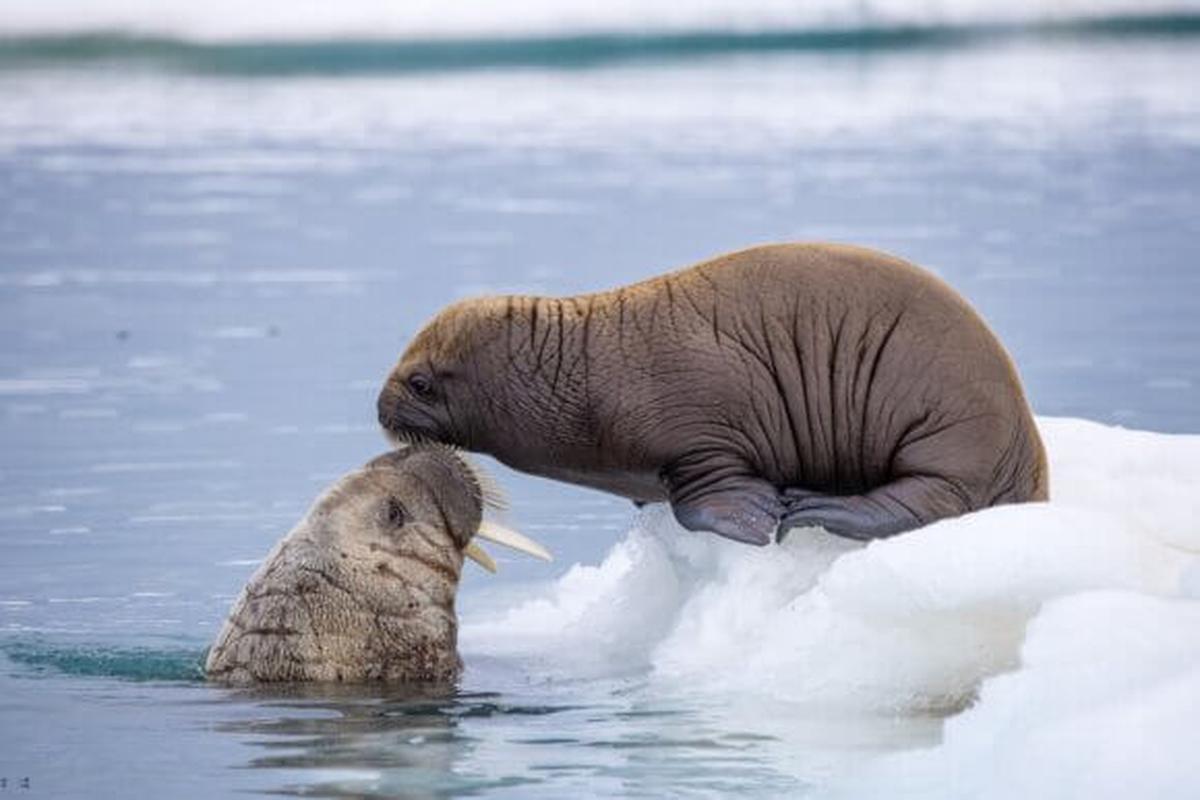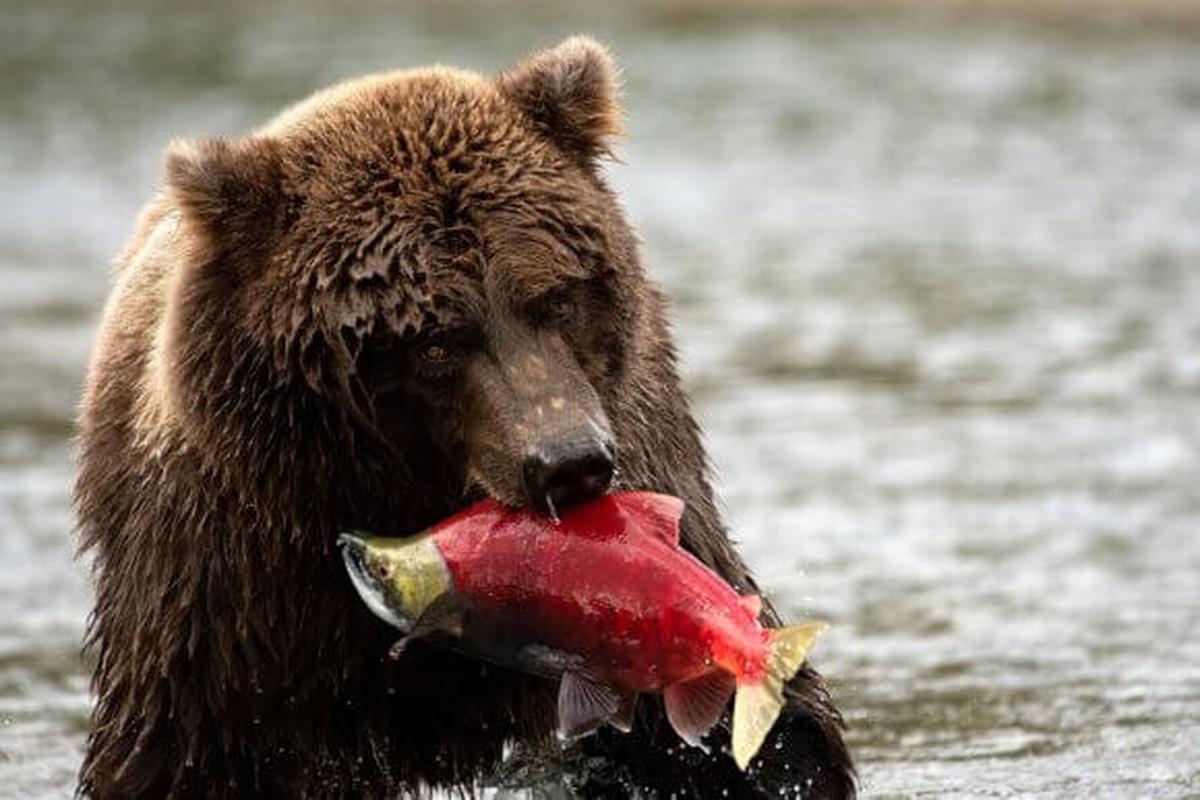Our Planet II, narrated by Attenborough, is a visual delight despite its sobering message


Wild buffaloes moving across the Kalahari desert in Botswana in a still from ‘Our Planet II’.
In the opening episode of Netflix’s Our Planet II (narrated by David Attenborough), there’s a scene that will be familiar to aficionados of nature documentaries.
In Botswana, moving across the Kalahari desert, a pack of wild buffaloes is on the lookout for predators, but the predator in question is a pride of lions. They quickly isolate the weakest member of the buffalo pack and expertly surround him before finishing him off. The will they-won’t they dynamic of the chase is very much in line with the nature documentary ethos — there’s nothing inherently new here. And yet, the familiar, iconic voice of David Attenborough ties it all together so well.

A still from ‘Our Planet II’.
Watching Our Planet’s second season, which dropped June 14, is a sheer delight, despite its sobering message, and Attenborough is a big part of that. The jaw-dropping visuals aside, it helps that the show has a tight, unified vision. All four episodes are focused on migration — why animals migrate, how they replicate and modify these patterns across generations, how these patterns have gone awry in recent years thanks to climate change.
“Migration is the most vital survival strategy,” Attenborough says in the first episode. “Whether to feed, to breed or to find a new home. And it’s not without risk. This series traces extraordinary journeys in a world that’s changing faster than ever. And only now are we beginning to understand that all life on Earth depends on the freedom to move.”
The visuals surrounding most mass migration events are spectacular, and Our Planet II capitalises on this in style. Buffaloes, monarch butterflies, the arctic tern, the wild salmon — this series is full of the most gorgeous views of animal migration you’ll ever see. Consider the Pacific salmon, for instance, born in streams and rivers, travelling downstream to the oceanic waters that sustain it for the first few years of its life. Then, when the time comes for these salmon to breed, they abandon the ocean to return, once again, to the streams and rivers to lay their eggs.
It is a truly awe-inspiring thing to witness and it’s mind-boggling that we haven’t done more as a species to protect this precarious life cycle. Of course, not every set of visuals is heartwarming or feel-good — we’re also shown a gigantic swarm of locusts moving from Ethiopia to Sudan. They’re all ravenous and basically eat their way across the African mainland, destroying many crops. This in a region where foodgrain shortage is a recurring problem with no solutions in sight.

A still from ‘Our Planet II’.
A word, also, for Our Planet’s technical wizardry. In 2016, BBC’s Planet Earth II (also narrated by Attenborough) featured a clip of a baby iguana speeding away from a massive pack of snakes; the clip went viral and earned plaudits for its exceptional camerawork and Spielberg-style wide-angle shots and tense, atmospheric editing. If you liked that clip, you will love what Our Planet has done with its drone cameras.
At one point, the camera mimics the movements of a swarm of bees looking for a new home. The bees flit in and out of one tree, then another, looking for a suitable place to build their nest. It’s incredible that we now have the technology to access these visuals, and on more than one occasion, I gasped audibly at the drone camera’s mid-flight ‘tricks’.

A still from ‘Our Planet II’.
Nature documentaries have become an essential part of every streamer’s catalogue. In the “something for everyone” philosophy that these businesses follow, these shows cater to children, senior citizens and those among their core demographic (ages 25-50) who are environmentally conscious (a growing slice of the demographic, if network executives are to be believed).
More and more A-list Hollywood celebrities are either producing or narrating nature documentaries. Discovery’s Endangered, for instance, was narrated by Ellen DeGeneres, and it followed an extremely Attenborough playbook in terms of narration style.
In 2021, Attenborough himself had not one but two separate Earth Day releases, including Apple TV’s The Year Earth Changed, which shared exclusive footage from the pandemic year — visuals like the ones we saw from Delhi during the lockdown. Cows wandering inside an abandoned mall, horses roaming around empty streets and so on.
Our Planet II is a must-watch for Attenborough fans and nature buffs. And even if you don’t belong to either of those categories, it’s highly recommended just for the sheer amount of vital knowledge that this documentary series imparts, without ever sounding preachy.
The writer and journalist is working on his first book of non-fiction.

